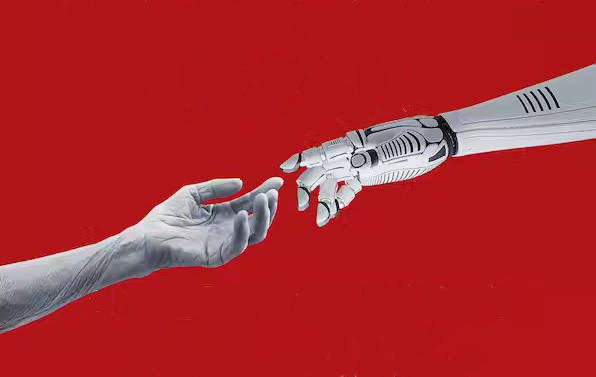Ergonomics in the digital age

In this age of ubiquitous computing, what exactly are we doing to our bodies, asks Avinash Rajagopal in a highly recommended piece in Metropolis Magazine:
“Today, our ï¬ngers are furiously swiping and typing, our shoulders are hunched, our spines are curved, our necks are either bent over tiny screens or swiveling to catch the magniï¬cent sweep of big ones, and we increasingly want to start doing these things earlier in life and keep doing them later in life. We continue to go wide-eyed at the release of each new smartphone and we want to use technology everywhere, with little thought for the physiological and cultural consequences. How can we learn to use our bodies more kindly in this new millennium? […]
Such awkward collisions of the digital and the physical show how ill-equipped designers are to deal with the range of possibilities that technology affords. This is because there is a deep divide between the skill sets they use to tackle each of the two realms. The designers of software and interfaces have relied on specialists in Human-Computer Interaction (HCI) to tell them how our eyes, ï¬ngertips, and brains process information, while industrial designers have traditionally turned to physical ergonomists for design guidelines and anthropometric data on how our limbs move and behave.”
Rajagopal ends with a recommendation: “We must apply Occam’s razor to ergonomic design. The creative breakthrough in the ï¬eld will ultimately be when designers can bring the greatest comfort to the maximum number of people, in a variety of situations, in the simplest way possible. That was always the basic tenet of human-centered design, and one we would do well to recall in these tech-fetishistic days.”



